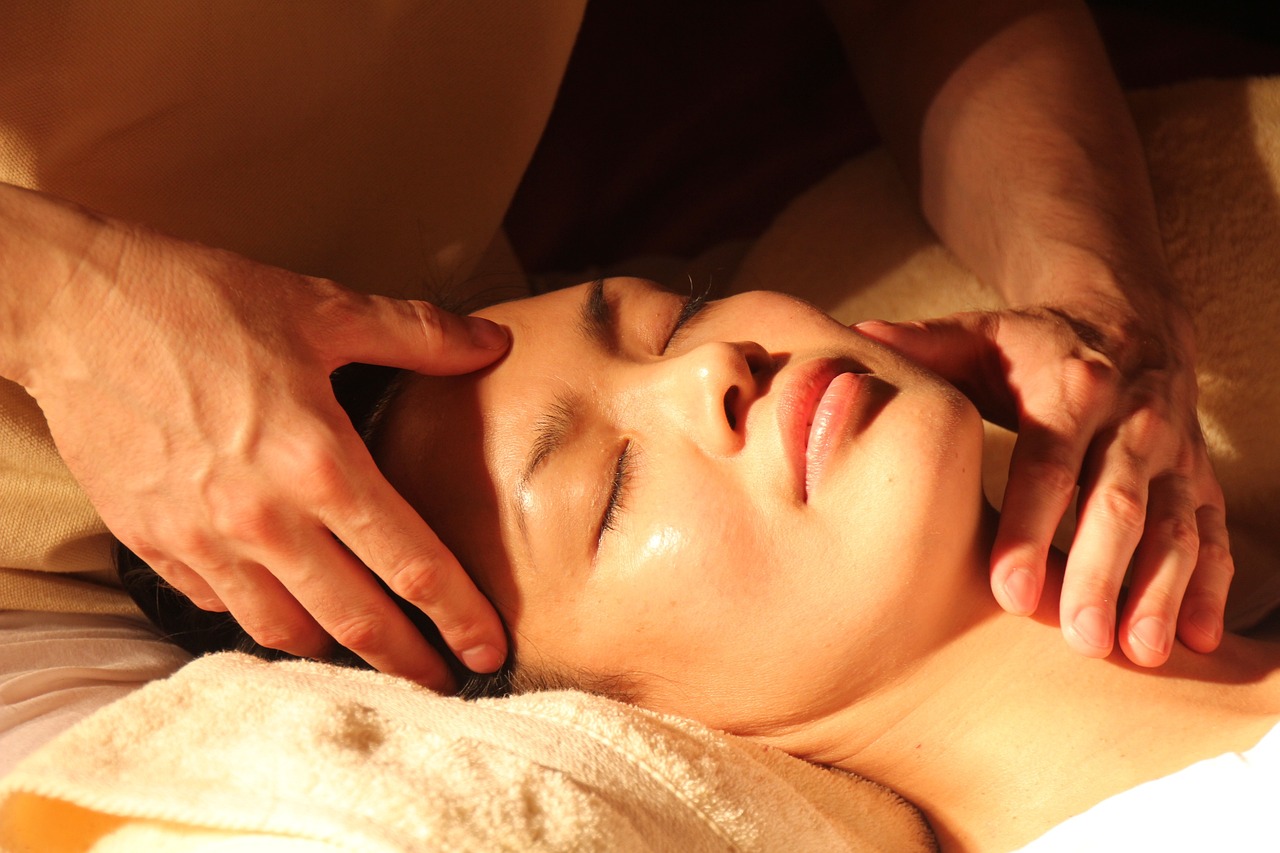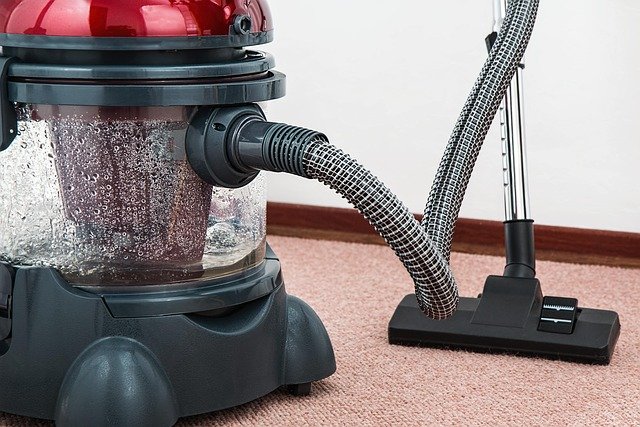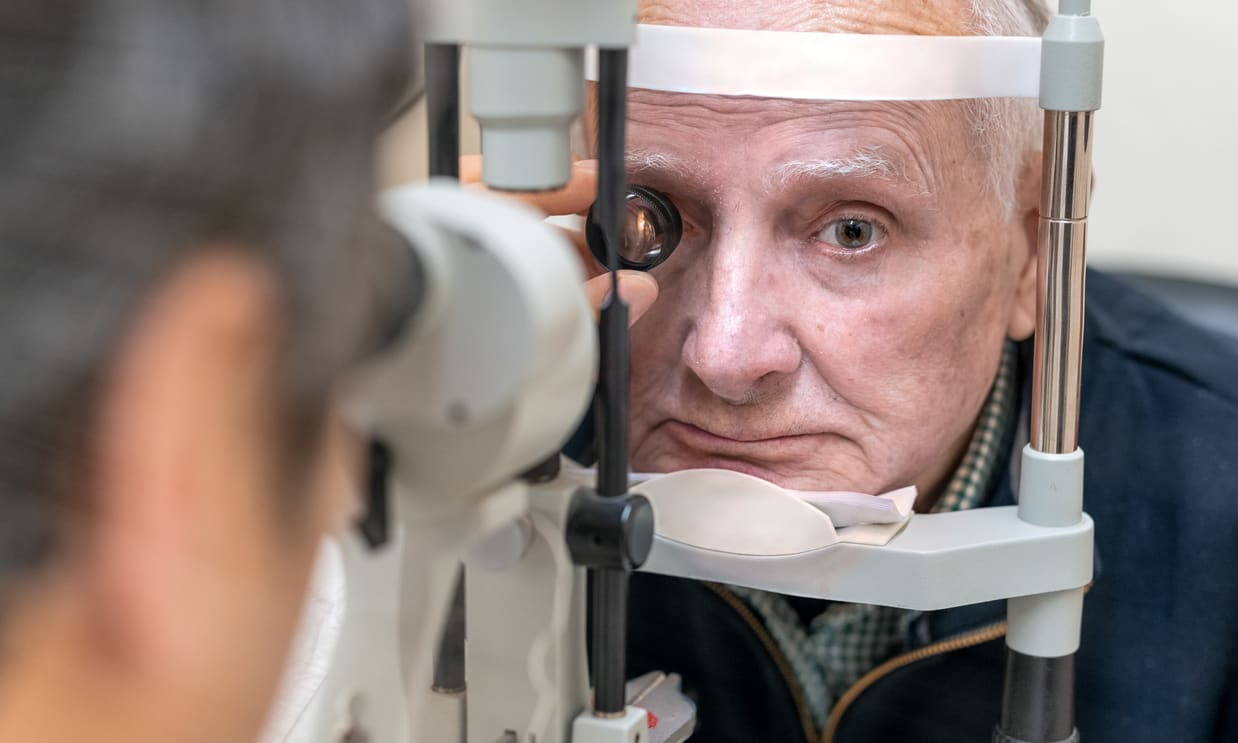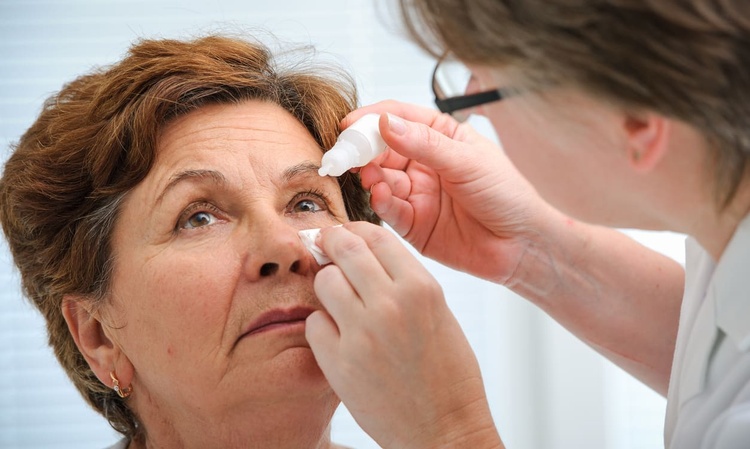Yoga for the Skin: The Power of Face Massage
In the ever-evolving world of beauty and wellness, one trend that has been quietly gaining traction is face massage. This ancient practice, rooted in Ayurvedic and Traditional Chinese Medicine, has recently made its way into the Western beauty mainstream, promising a host of benefits from improved skin tone to wrinkle prevention.

The Origins of Face Massage
Face massage is not a new concept. It has been used as a beauty ritual in many cultures for thousands of years. In Ayurveda, the ancient Indian system of medicine, face massage (or mukhalepa) was part of the daily routine, designed to cleanse, nourish, and rejuvenate the skin. Traditional Chinese Medicine also includes face massage in its repertoire of self-care practices, using it to stimulate acupressure points and balance the body’s energy flow.
In the West, face massage started to gain popularity in the 20th century, with the advent of modern skincare and the growing interest in non-invasive beauty treatments. Today, it is a common feature in many luxury facials, often delivered through the use of high-tech devices or expert hands.
Current Trends in Face Massage
Today, face massage is being hailed as a natural, non-invasive alternative to more drastic skincare solutions like botox or fillers. Beauty experts and enthusiasts are exploring different techniques, from the traditional, like lymphatic drainage and acupressure, to the more modern, like facial rollers and Gua Sha tools.
One of the most significant trends in face massage is the use of tools made from semi-precious stones, like jade or rose quartz. These tools are not only visually appealing but also carry the added benefits of the stones’ purported healing properties. For example, jade is believed to promote healing and balance, while rose quartz is associated with love and emotional healing.
Benefits, Market Relevance, and Industry Impact
The benefits of face massage go beyond its immediate aesthetic results. Regular practice can improve skin elasticity, promote blood circulation, and aid in lymphatic drainage, resulting in a brighter, firmer, and healthier-looking complexion. It is also a great way to relieve facial tension and stress, contributing to overall wellbeing.
In terms of market relevance, the face massage trend aligns with the growing consumer preference for natural and holistic beauty solutions. Consumers today are not only looking for products that can deliver visible results, but also for practices that can enhance their overall wellness. In this context, face massage offers a perfect blend of both.
The face massage trend has already made a significant impact on the beauty industry. It has fueled the growth of a new product category—face massage tools, which have become a staple in many skincare routines. It has also influenced the service offerings of beauty salons and spas, with many incorporating face massage into their facial treatments.
Expert-Backed Recommendations
Experts recommend incorporating face massage into your daily skincare routine. It can be done in the morning or evening, after cleansing and applying your skincare products. The massage will not only enhance the absorption of the products but also boost the skin’s natural repair and renewal processes.
When doing face massage at home, it’s important to use gentle movements and avoid pulling or tugging on the skin. You can use your fingers or a massage tool, depending on your preference. Start from the center of your face and work your way outwards, following the natural contours of your face.
The beauty and wellness space is always evolving, and face massage represents a trend that combines ancient wisdom with modern understanding of skin health. As we continue to seek natural, holistic solutions for our beauty routines, practices like face massage are poised to become even more popular. So why not give it a try? Your skin—and your wellbeing—will thank you.




